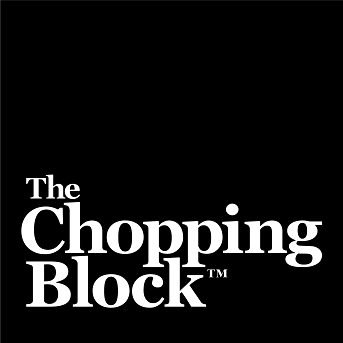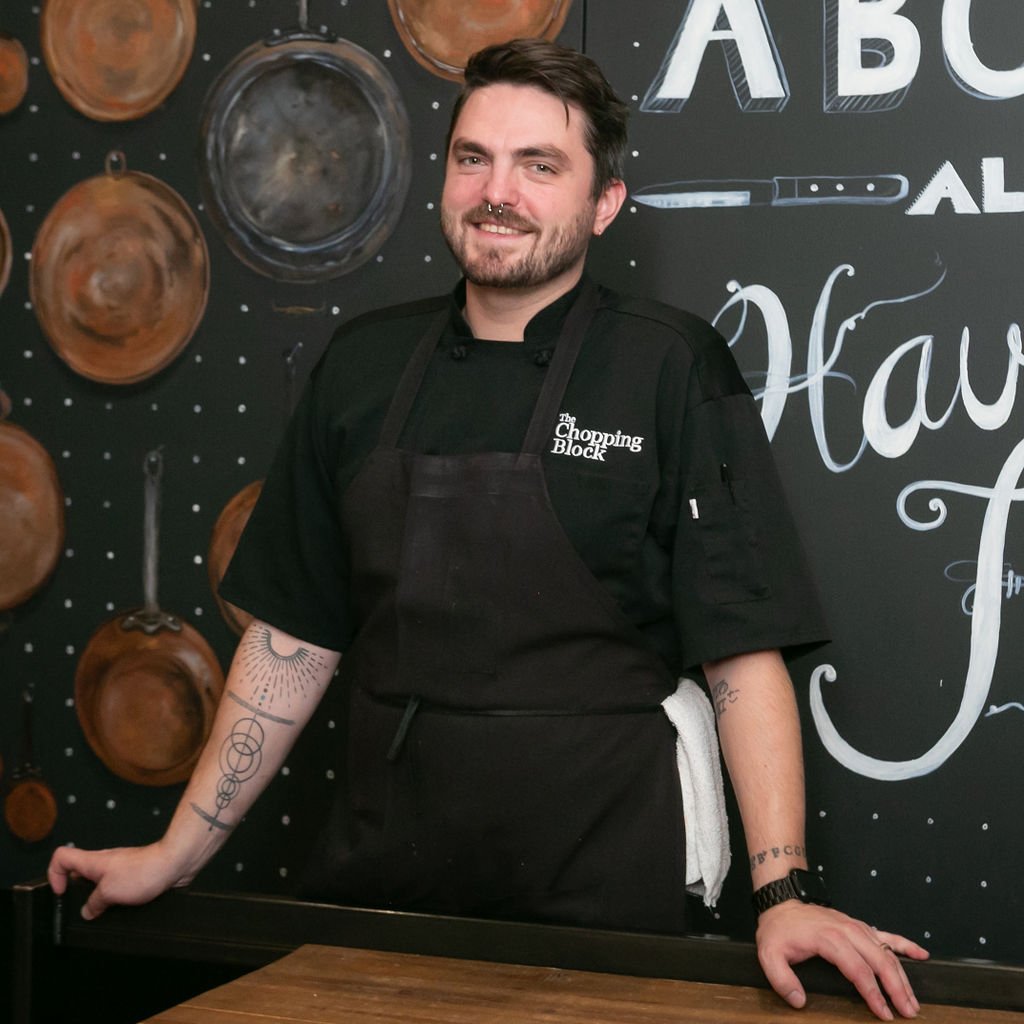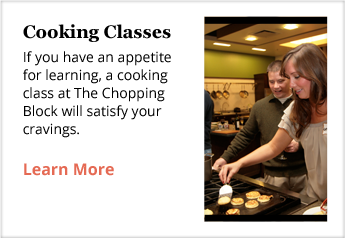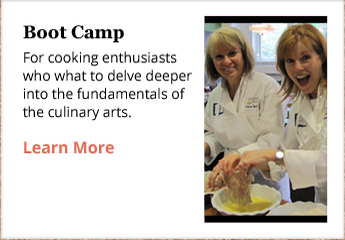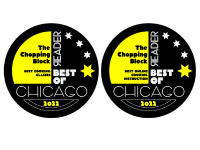Sous vide, meaning "under vacuum" in French, is a cooking technique where food is sealed in a bag and cooked in a precisely controlled water bath. It’s a method that ensures consistent results, giving you perfectly cooked food every time. This technique has been a staple in professional kitchens for years, and thanks to more accessible equipment, home cooks can now use it to improve their own meals.
 Sous vide takes the guesswork out of cooking. It allows you to cook proteins to the exact doneness you want without overcooking. Chicken stays juicy, steak is always medium-rare (if that’s what you’re aiming for), and vegetables hold their texture and color. It’s also convenient. Once the food is in the water bath, you’re free to focus on other tasks until it’s time to finish and serve.
Sous vide takes the guesswork out of cooking. It allows you to cook proteins to the exact doneness you want without overcooking. Chicken stays juicy, steak is always medium-rare (if that’s what you’re aiming for), and vegetables hold their texture and color. It’s also convenient. Once the food is in the water bath, you’re free to focus on other tasks until it’s time to finish and serve.
In restaurants, sous vide is a workhorse, allowing chefs to prep and cook food in advance with precision. Proteins can be held at a safe temperature until they’re ready to be seared and served. Large immersion circulators and vacuum sealers make it easy to handle high volumes.
At home, sous vide tools are much more manageable. A small immersion circulator clips onto a stockpot or container, and while a vacuum sealer is ideal, you can also use heavy-duty Ziploc bags and the water displacement method to push the air out before sealing.
My first sous vide machine was a massive, secondhand unit from the 1990s, built for a six-gallon water bath. It took up a ton of space, but it introduced me to the precision and consistency of sous vide cooking. Now, I use a smaller circulator that fits neatly in a stockpot, making it much easier to use in a home kitchen.
Sous vide is incredibly versatile. Here are just a few things you can make:
- Steak and other proteins – Cook meat to the exact doneness you want, then finish it with a quick sear.
- Eggs – Achieve the perfect consistency for poached, soft-boiled, or even scrambled eggs.
- Infusions – Make infused oils, spirits, or syrups in a fraction of the time.
- Vegetables – Preserve texture and flavor while enhancing sweetness and color.
- Desserts – Make custards, cheesecakes, and even yogurt with consistent results.
One of the benefits of sous vide is that food won’t overcook in the traditional sense, but leaving proteins in the water bath for extended periods can change their texture. Tender cuts like filet mignon or strip steak only need a couple of hours, while tougher cuts benefit from long cooking times. For example, I’ve taken chuck tail, cut it into steak-sized portions, and sous vide it at 148°F (64°C) for 48 hours to break down the tough muscle fibers, making it tender while still maintaining structure. On the other hand, leaving a filet in the bath for too long can result in a mushy texture. Understanding these differences helps you get the best results for each type of meat.
For this meal, I’m using my sous vide for two things:
Duck Breast: I scored and seasoned the skin, rolled the breasts in plastic wrap to shape them (purely for presentation), and then vacuum-sealed them. They’re cooking at 54.5°C (130°F) for 2.5 hours before I dry them off and sear them for a crispy skin.
Arugula-Infused Olive Oil: Just a handful of arugula sealed with a half-cup of extra virgin olive oil, cooked at the same temperature for an hour. After cooling and straining, it’ll have a nice peppery kick.
 I’ll be serving the seared duck breast with herbed wild rice, roasted kohlrabi, and a blueberry black pepper gastrique and a bit of my arugula oil. The sous vide ensures the duck is perfectly cooked, while the infused oil adds extra depth to the dish.
I’ll be serving the seared duck breast with herbed wild rice, roasted kohlrabi, and a blueberry black pepper gastrique and a bit of my arugula oil. The sous vide ensures the duck is perfectly cooked, while the infused oil adds extra depth to the dish.
 Sous vide is a powerful tool that can make cooking easier and more consistent, whether you’re a professional chef or a home cook looking to step up your game. If you haven’t tried it yet, now’s a great time to start.
Sous vide is a powerful tool that can make cooking easier and more consistent, whether you’re a professional chef or a home cook looking to step up your game. If you haven’t tried it yet, now’s a great time to start.
To learn more about advanced cooking techniques and methods, check out our Culinary Boot Camp.
